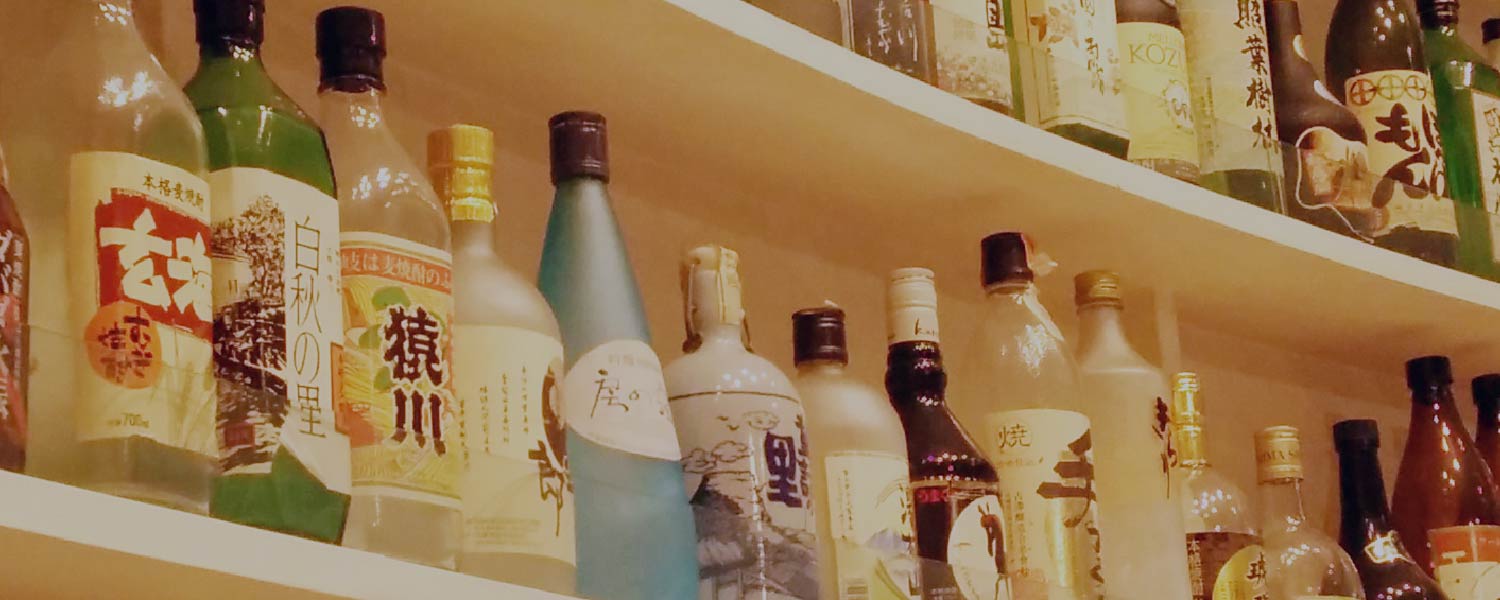Bottling date
Sometimes, shochu bottles will include a date on the label. This is the bottling date of the product. Keep in mind that this is not necessarily the date when the shochu finished distilling. For example, a product that was distilled in October 2020 and bottled in April 2022 would list “April 2022” on the label.








